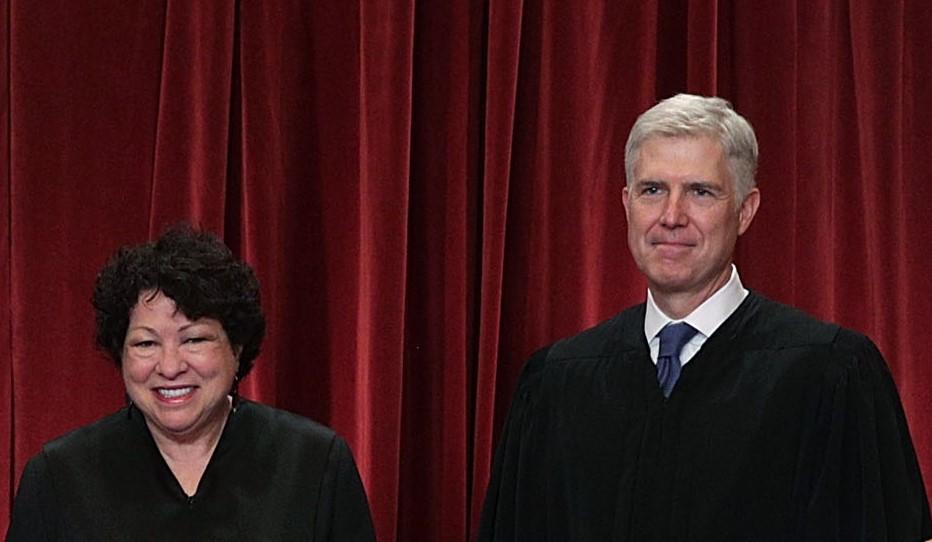As the Supreme Court ruled that Colorado cannot compel a website designer to create messages that go against her Christian beliefs, both Justices Sonia Sotomayor and Gorsuch clashed in separate opinions.
“Today, the Court, for the first time in its history, grants a business open to the public a constitutional right to refuse to serve members of a protected class,” Sotomayor wrote in her dissent, claiming that the 6–3 majority ruling was a “backlash to the movement for liberty and equality for gender and sexual minorities.”





